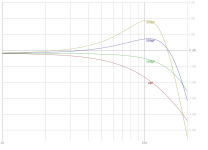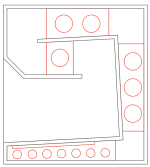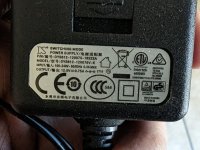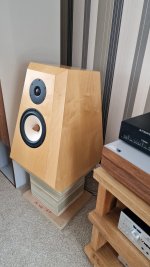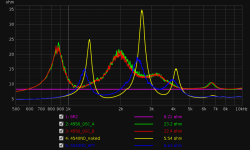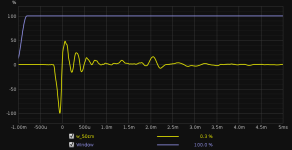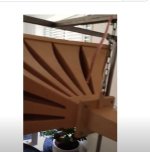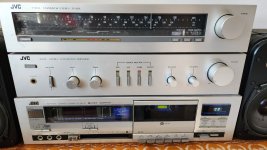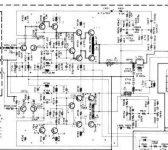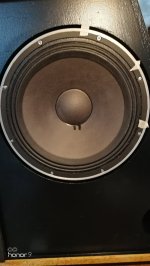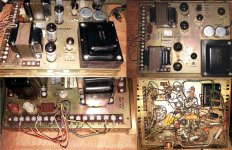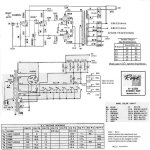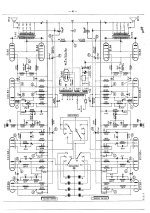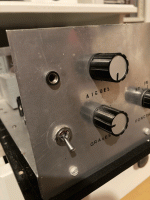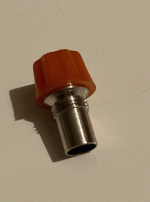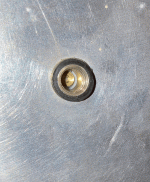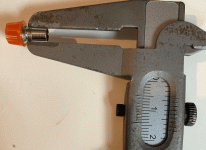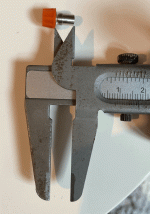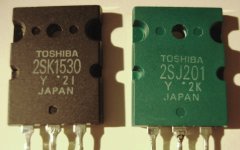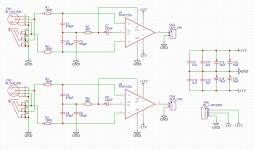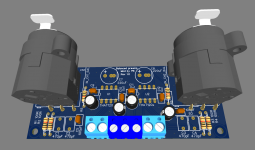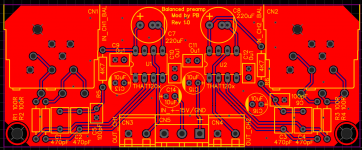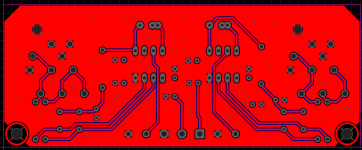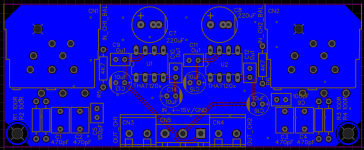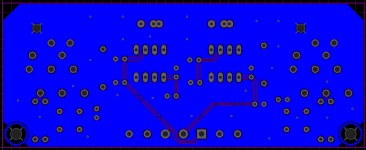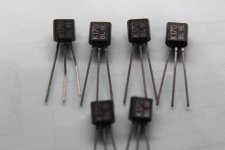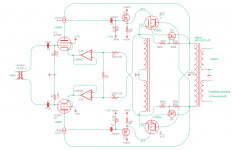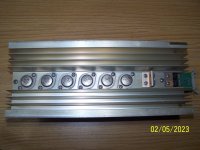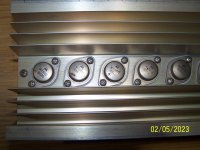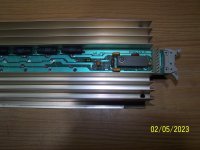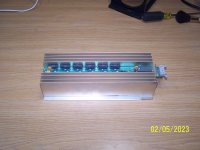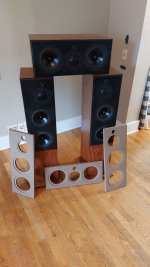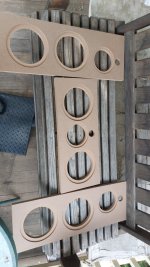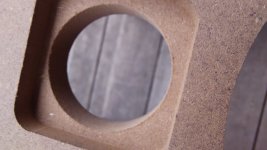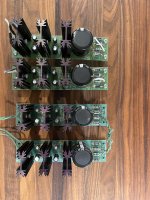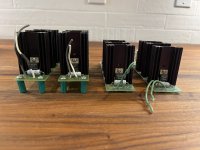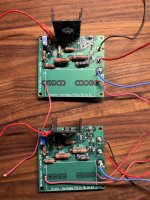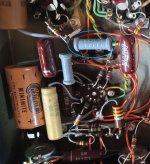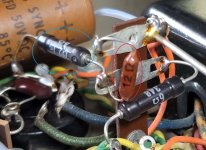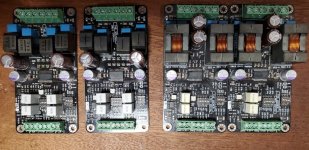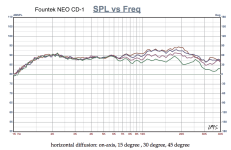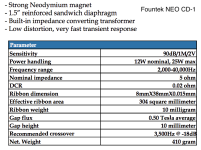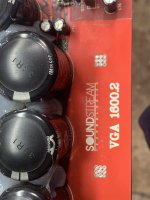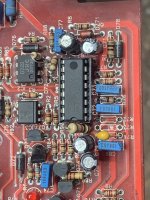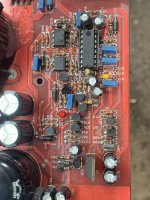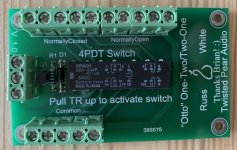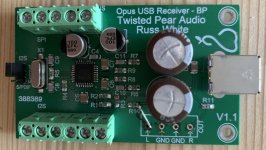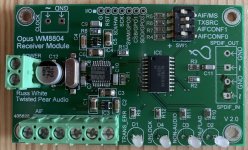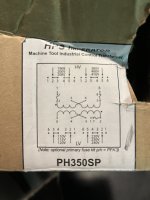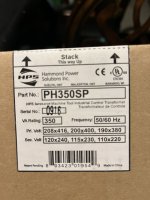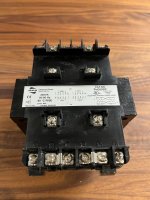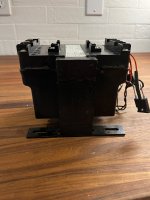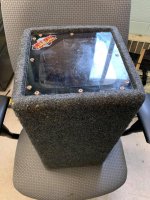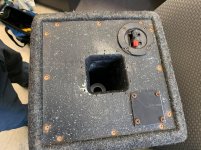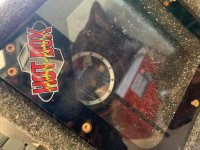I've had some pretty fantastic results in 2-stage SE amp experiments with a high gain input/driver stage and output plate to driver cathode feedback.
This thread tells the story of those experiments.
The key elements are:
1. High gain input stage that can swing enough volts to drive the output stage.
2. Series voltage feedback taken from output tube to input stage cathode.
3. Buffered low impedance drive of the input stage cathode to prevent input stage current feedback.
With a CCS-loaded pentode input stage, I am able to enough excess gain to get substantial feedback (30+dB) and it is easy to stabilize. Distortion is extremely low. I haven't quite got below .01% @1W but I have been very close.
The main drawback is that the output transformer is outside the loop, so all of the resistive losses and distortion added by the output transformer can't be accounted for by the feedback. Now, the distortion added by the OT turns out to be very small (since it is driven from such a low source resistance), but the resistive losses of the output transformer end up dominating the amplifer Zout. This isn't a big problem (my SE amp still has DF>10), but it got me thinking about pairing this approach with an output transformer with very low winding resistances.
You know what output transformer has very low winding resistances? My Plitron Unity-Coupled output transformers. They have an 80 Ohm primary and a .18 Ohm secondary. Driven by a very low impedance source, these transformers could achieve a DF>20, even with losses. Applying this approach to a Unity-Coupled amp could make a simple amplifier with the performance of a much more complex circuit.
So I drew up a concept schematic of how I'd make a Unity-Coupled amp with this approach which I have attached below.
I included an input transformer because I like them. For the input tube, I chose the 12GN7. It is a high performance pentode that can stand 400V idle on the plate. I need to swing lots of volts to drive the 50% feedback output stage, so the plate will idle at the rated value. 12GN7 is CCS-loaded for maximum gain and the CCS is fed from the opposite output tube plate. Normally, with a resistive load, that would be a significant amount of positive feedback to the driver. However, with the CCS there driver gain is pretty much unaffected by the bootstrap connection. In any case, the alternative would be to construct an 800V+ supply and connect to that. This is much simpler and easier.
The feedback can be taken from the cathode winding rather than from the output tube plate. That gets rid of the huge DC offset at idle, which is really nice. I put an LM4562 follower to drive the cathode in order to make it so that I can ground the grid resistors for the 12GN7. I could have used a p-channel FET but then I'd have to put some positive bias on the grids since there is so much voltage offset in the FET.
The output stage is pretty much as my Unity-Coupled amp exists today. It is the same floating screen voltage reducer and mosfet driver for the output tubes. Mosfet drivers aren't strictly necessary as this is an AB1 amp. However, they already exist in the current iteration of the amplifier so I would leave them there if I were to get in there and change things eventually. If I were building the amp from scratch, I'd be tempted to just drive the KT88 grid resistor from the source of the mosfet in the CCS and keep things really simple.
I'd bias all tube stages with some sort of control circuit. I'd adjust the operating point of the input tubes by varying the screen voltage. The output stage bias is going to affect the operating points of the input tubes, making correct bias a bit of a headache. I'm currently dabbling in microprocessor bias control at the moment so this seems doable.
Anyway, I'd love to read some comments/thoughts from those on the forum.
I'll probably build this someday.
